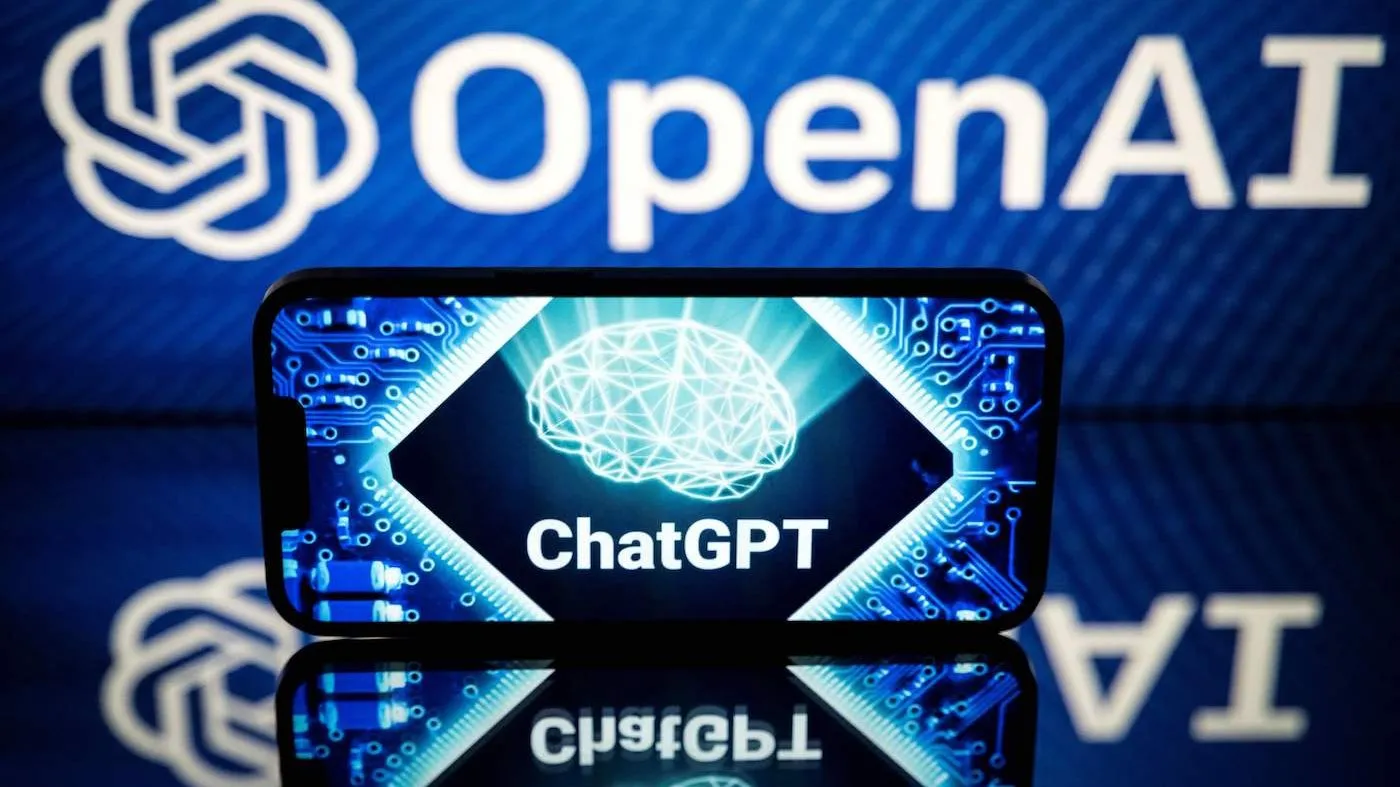A newly developed machine-learning tool is setting new standards in detecting AI-generated academic papers, boasting impressive results that far exceed existing AI detectors. Researchers have unveiled a specialized classifier capable of distinguishing chemistry papers written by the AI chatbot ChatGPT with remarkable precision.
Key Highlights:
- The tool showed 100% accuracy in identifying ChatGPT-3.5 written introductions based on titles.
- It achieved a slightly lower, yet impressive, 98% accuracy with introductions based on abstracts.
- The detector outperformed other AI detection tools, which showed an accuracy range of 35-65%.
- Tailoring software to specific types of writing boosts efforts to develop AI detectors.

This breakthrough was published on November 6 in Cell Reports Physical Science, where a team of researchers, including chemist Heather Desaire from the University of Kansas, demonstrated that by focusing on specific academic writing styles, their ChatGPT detector could easily identify AI-written content with unprecedented accuracy.
Understanding the Detector’s Approach
The tool, first described in June, applies machine learning to analyze 20 features of writing style, such as sentence length variation and the frequency of certain words and punctuation marks. The aim was to ascertain whether an academic scientist or ChatGPT authored a text.
Training for Precision
The detector was meticulously trained using introductions from papers in ten chemistry journals published by the American Chemical Society (ACS). The introductions are typically straightforward for ChatGPT to generate, provided it has access to relevant literature, making them ideal for training the detector.
Comparative Performance
In testing, the new ChatGPT detector outperformed the AI detector ZeroGPT and a text-classifier tool by OpenAI, highlighting the significance of specialized detection tools within academic integrity processes.
Expert Insights
The approach has garnered attention, with Debora Weber-Wulff, a computer scientist who studies academic plagiarism, noting the innovative use of stylometrics to differentiate AI-generated writing from human work. However, she cautions against viewing AI-detection tools as comprehensive solutions to broader issues in academic publishing.
Implications and Limitations
While the detector showcases formidable accuracy, it is crucial to note that it’s highly specialized for scientific journal articles and might not generalize across different types of writing or disciplines.
The ChatGPT detector’s sophisticated algorithm represents a monumental leap in distinguishing AI-generated content within academic papers. By focusing on specific writing styles and employing a tailored approach, the detector has achieved near-perfect accuracy, setting a new benchmark for AI detection tools. However, the broader social issues of academic pressure and the perceived value of the writing process in research remain unaddressed, hinting at the multifaceted nature of the challenge at hand.


















